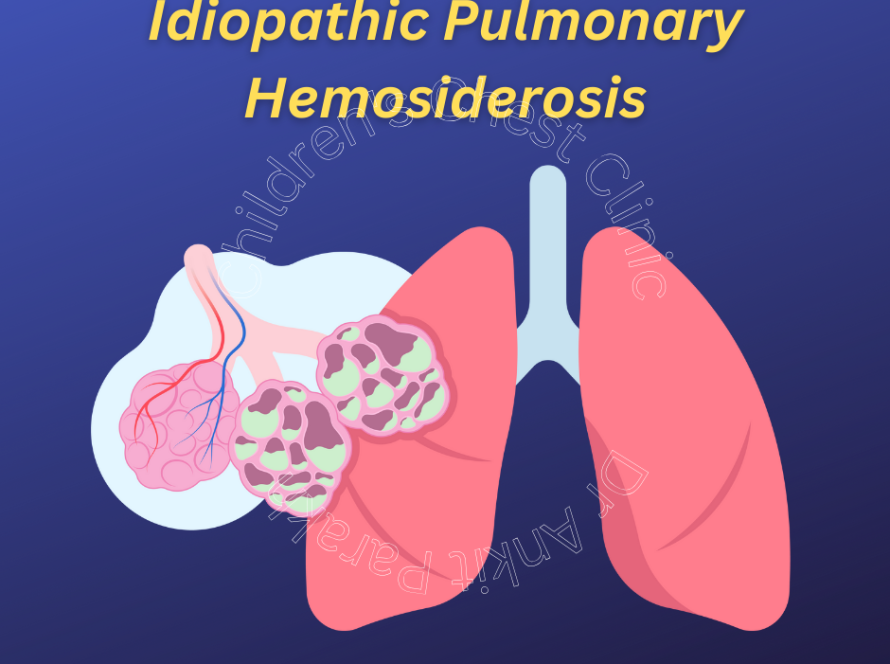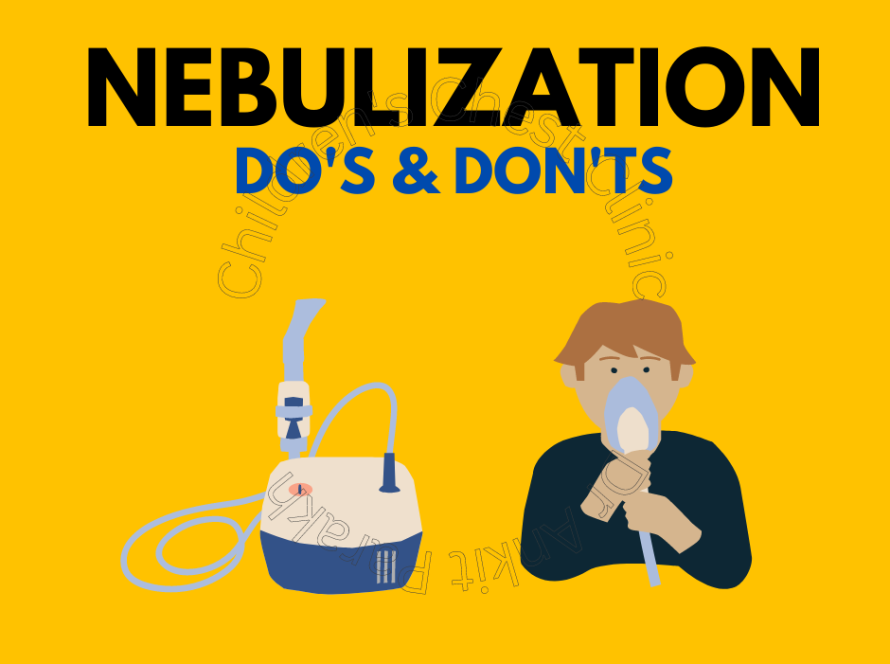As a parent, it’s often disconcerting to witness your child exhibit unusual behavior while asleep. One such phenomenon is confusional arousals. While it can be alarming, understanding this common sleep issue can help parents navigate and manage these situations with confidence. In this blog article, we will focus on confusional arousals in children, what they are, how they differ from other sleep disorders, and practical strategies for managing them.
What Are Confusional Arousals?
Confusional arousals are a type of parasomnia — a category of sleep disorders that involve abnormal behaviors or movements during sleep. These arousals occur when a child partially wakes up during the night but is still in a sleep state. This results in confusing or disoriented behaviors that often leave parents worried and unsure of what to do. Typically, during a confusional arousal, a child may sit up in bed, appear confused or dazed, and may even talk incoherently. They might move around aimlessly or try to engage in normal activities (such as dressing themselves or walking), but their actions are typically nonsensical and not purposeful.How Common Are Confusional Arousals in Children?
Confusional arousals are relatively common in children, especially those between the ages of 3 and 7. During this developmental stage, a child’s brain is still maturing, and their sleep cycles can be a bit erratic. As they grow, these incidents tend to decrease and may even stop altogether.Parasomnia and Confusional Arousals: What’s the Connection?
As mentioned earlier, confusional arousals are categorized under parasomnia, a term that refers to abnormal behaviors during sleep. Parasomnias include a range of sleep disorders, such as:- Sleepwalking
- Night terrors
- Sleep talking
- Bruxism (teeth grinding)
Symptoms of Confusional Arousals
Some common symptoms of confusional arousals in children include:- Sitting up or standing in bed
- Talking or mumbling incoherently
- Looking disoriented or confused
- Engaging in repetitive actions or movements, such as rubbing their face or rearranging objects
- Difficulty being awakened or calmed during an episode
What Causes Confusional Arousals?
Confusional arousals are typically triggered by disruptions during the transition between sleep stages. Children spend a significant amount of time in deep sleep (slow-wave sleep), and if their sleep cycle is disrupted during this time, it can lead to an incomplete awakening, causing confusion and disorientation. Several factors can contribute to confusional arousals, including:- Sleep deprivation: Not getting enough sleep can make it harder for the brain to transition smoothly between sleep cycles, leading to confusion during partial awakenings.
- Stress or anxiety: Emotional stress or changes in routine, such as moving to a new home or starting school, can impact sleep patterns and trigger parasomnias.
- Inconsistent sleep schedule: Irregular sleep times or frequently changing bedtimes can disrupt a child’s circadian rhythm, making them more prone to confusional arousals.
- Genetics: Some studies suggest that parasomnias can run in families, so if a parent has experienced sleepwalking or night terrors, their child may be at a higher risk.
How to Manage Confusional Arousals
While confusional arousals are typically harmless, there are a few strategies that parents can use to reduce their frequency and intensity:- Establish a Consistent Bedtime Routine: A predictable bedtime routine can help your child wind down and prepare for a restful night’s sleep. Avoid stimulating activities or screen time right before bed.
- Ensure Adequate Sleep: Make sure your child is getting enough sleep each night for their age group. Sleep deprivation can worsen parasomnias like confusional arousals.
- Create a Calm Sleep Environment: A peaceful, quiet, and comfortable sleep environment can help promote deeper sleep and reduce the chances of disturbances.
- Manage Stress: If your child is experiencing stress, talk to them about their feelings and consider relaxation techniques, such as deep breathing or reading a book, to help them unwind before bedtime.
- Avoid Awakening: If your child is having a confusional arousal episode, it’s usually best not to wake them up forcefully. Instead, gently guide them back to bed without engaging in conversation.
Understanding confusional arousals and their connection to parasomnia is crucial for parents who may be concerned about their child’s sleep behavior. By establishing healthy sleep habits, providing a calm environment, and managing stress, you can help reduce the frequency of these episodes. If you ever feel uncertain or notice other unusual sleep patterns, consult with a pediatric sleep specialist to get the support you need. Conclusion
How do I know if my child is having a confusional arousal or a night terror?
Night terrors usually involve a child screaming, thrashing, and appearing extremely agitated, but they typically don’t remember the episode afterward. In contrast, confusional arousals involve more confusion, disorientation, and aimless actions.
Can confusional arousals be dangerous?
While confusional arousals are usually harmless, there is a risk of injury if a child tries to walk or move around during an episode. To prevent injury, ensure the environment is safe and free from obstacles.
Do confusional arousals always go away on their own?
In most cases, confusional arousals improve as children grow older. However, if the episodes persist or become more frequent, it’s a good idea to consult with a pediatric sleep specialist.
Can medication help with confusional arousals?
Medication is typically not necessary for confusional arousals unless the episodes are severely impacting your child’s sleep quality or daily functioning.
Should I wake my child during a confusional arousal?
It’s generally best not to wake your child during an episode, as this may increase confusion and agitation. Gently guide them back to bed if needed, and let them fall back into sleep naturally.






